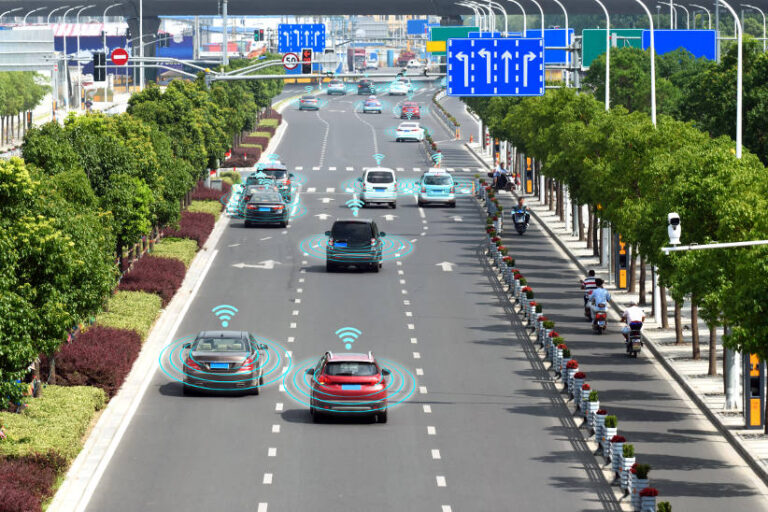We’re almost halfway through 2022 and after a slow start the year has certainly reach pre-pandemic pace. I’ve attended three conferences in the last few months and missed several more because of conflicting dates. Looking at the agendas and speakers at each one there are some emerging trends for Fleet Managers in 2022 that will continue to evolve throughout the decade.
Technology
Five years ago technology meant telematics or vehicle tracking. In 2019 technology meant vehicle safety features and autonomous driving. In 2022 when Fleet Managers talk about technology they mean data.
Finding ways to compile mountains of data to make good decision has been a business challenge since computers were invented. We have reached a new era of cloud computing, AI decision making and API integrations which is finally providing the solution for those that are willing to spend the millions on software development.
Technology is creating a separation between fleet strategy, transaction processing and asset financing. Historically Fleet Managers did all three tasks and outsourcing meant handing them over to a supplier so an organisation could focus on their core business.
This decade the tasks are being split into three specialised areas and new entrants are challenging big market players operating in the old paradigm and on legacy IT systems.
The new kids on the block are using AI and data integrations from multiple sources to offer high value fleet strategy which is reducing costs and increasing asset utilisation. They are leaving the low value transaction processing and asset financing to the suppliers with scale and existing processes.
Rising Costs
This issue can be seen every time you drive pass a petrol station. It’s in the media and was a major talking point during the recent Federal election thanks to high inflation numbers and an interest rate increase.
Fleet Managers will have already seen the increased fuel card bill and novated lease drivers will need to look closely at their budgets to make sure they have enough to cover the high pump prices and more consumption as their driving increases compared to the last two years.
There has been increases in new vehicle prices which may be accepted because everything is increasing and supply is limited. However, paying more in 2022 and selling into a used market in 2026/7 that has returned to normal levels may distort some Total Cost of Ownership calculations.
Maintenance costs have also increased which may not have been noticed because of the gap between services and tyre replacements. Tyre retailers have been hit with 20%+ increases from tyre manufacturers during the last 12 months with increases set to continue in 2022/23. The full amount hasn’t been passed on yet. With mounting cost pressures retailers will need to pass on the increases soon.
Supplier relationships have become more important than ever. A good relationship with your suppliers will help you prepare for the increase and manage the timing. Some Fleet Managers have been able to place forward orders for new vehicles and hold onto 2021 pricing which has saved them 5-10%.
Reducing Emissions
If you weren’t sure about EVs before, the results of the Federal election should confirm that Australians care about climate change and reducing emissions will become crucial for large corporates and ASX listed entities. Employees will want to work for employers that are taking action; and customers will start enforcing suppliers to demonstrate their emission reduction targets.
When an organisation starts to consider emissions reductions their fleet gets a lot of attention because it’s a visible and tangible first step. There are many pieces of the puzzle which starts with measuring the existing carbon emissions and then taking steps to reduce CO2 through lowering fuel consumption and increasing fleet utilisation.
Electric vehicles aren’t the quick solution in 2022 despite the increased financial support from State Governments in 2021. There just aren’t enough vehicles available to buy and more investments in the charging infrastructure are required. It’s been 100 years since the motor car replaced the horse and cart so the framework to support the internal combustion engine has been refined over time.
EVs are still in their first decade as fleet vehicles and growing up fast. Hybrids provide a good stepping stone for passenger fleets and other zero emissions technology is also emerging.
The message from Fleet Managers that have already bought electric vehicles is – START NOW! You don’t need to convert your whole fleet, or even write it in your fleet policy. From experience they know the transition will be challenging because of the number of stakeholders and unexpected issues. It’s a process of change that will test the resolve of Fleet Managers unless they start small and consult widely because it does become overwhelming when everyone has an opinion.






